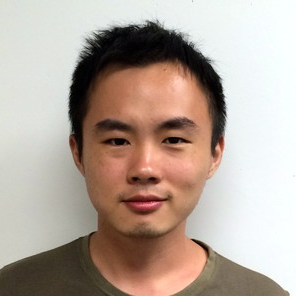Yangyang Wang, PhD Student

I am in mathematic department of UC Irvine and I am a member in Nie Lab. I studied in University of Science and Technology of China (USTC) and got a B.A. in mathematics.
I’m working on mathematical modeling on a large number of interacting cells using subcellular element method (SEM). The specific problems I’m working on with SEM are: epidermal and dermal wound healing, and embryo development.In wound healing, re-epithelialization and scar formation are two main parts. Re-epithelialization is conducted by keratinocytes migration and proliferation. I can model stratified epidermis in normal skin and epidermis during wound healing, and I can study how migration speed and proliferation rate (also partial EMT during wound healing) affects on re-epithelialization. On the other hand, scar formation is more related to fibroblast and collagen in dermis. I’m working on the influence of epidermis-dermis interaction on scar formation by a hybrid model, which epidermis is modeled by SEM while dermis is modeled by continuous PDE model, and they are combined by level set method (LSM).
During early embryo development, there’s a robust construction of inner cell mass (ICM) surrounded by a trophoectoderm (TE). ICM cells become GATA6+ cells and NANOG+ cells in later time, while NANOG+ cells are more close to the cavity of embryo. I’m working on a SEM model with gene network and try to find how to get the embryo shape and certain cell type in certain position.